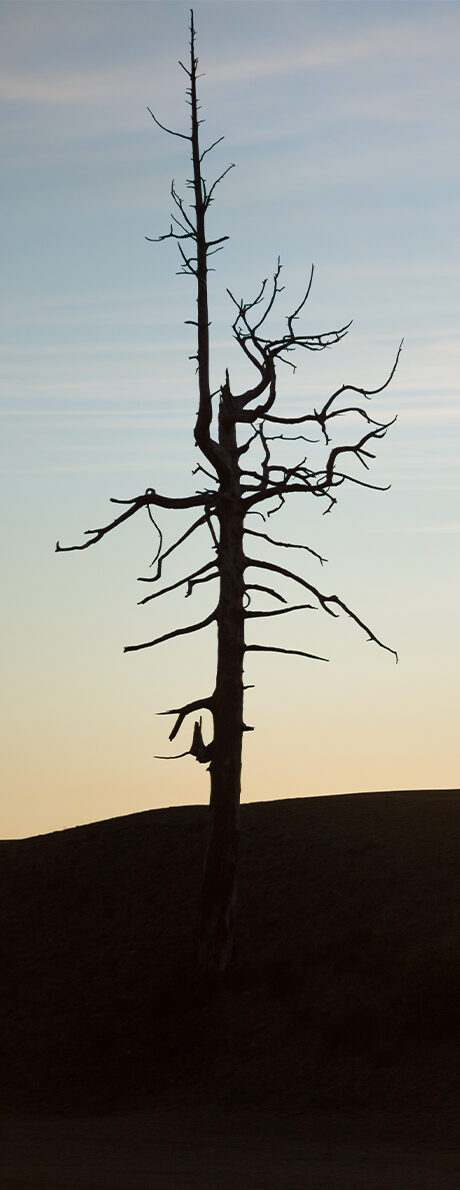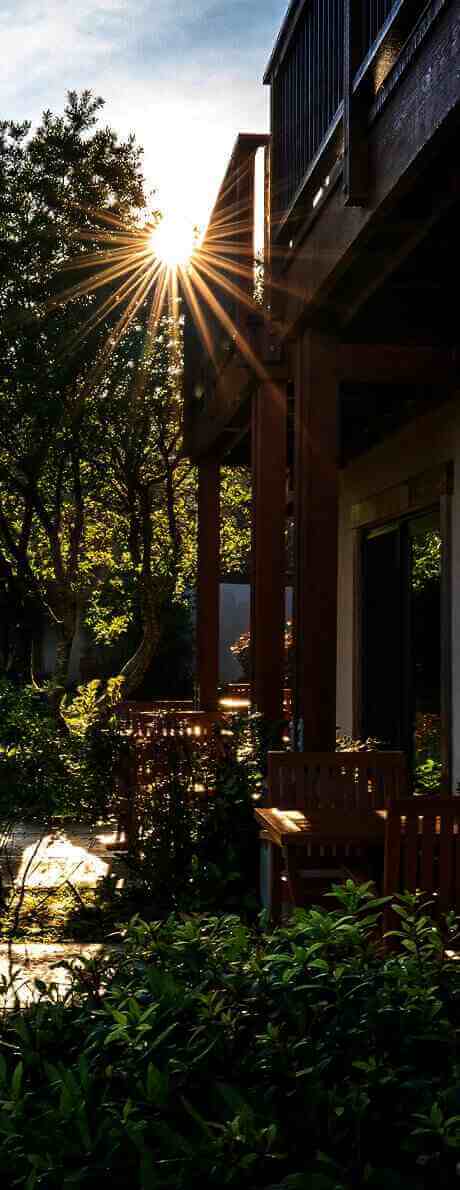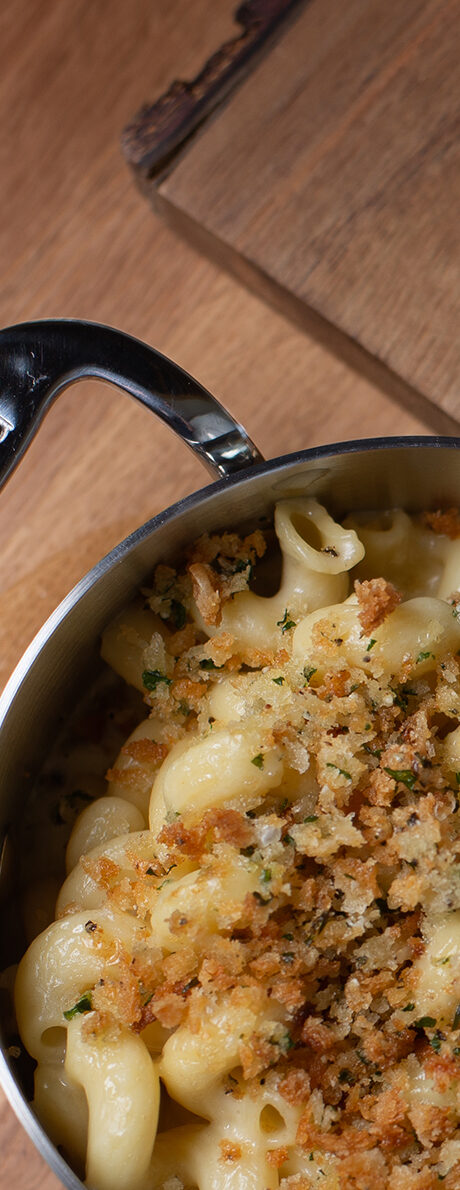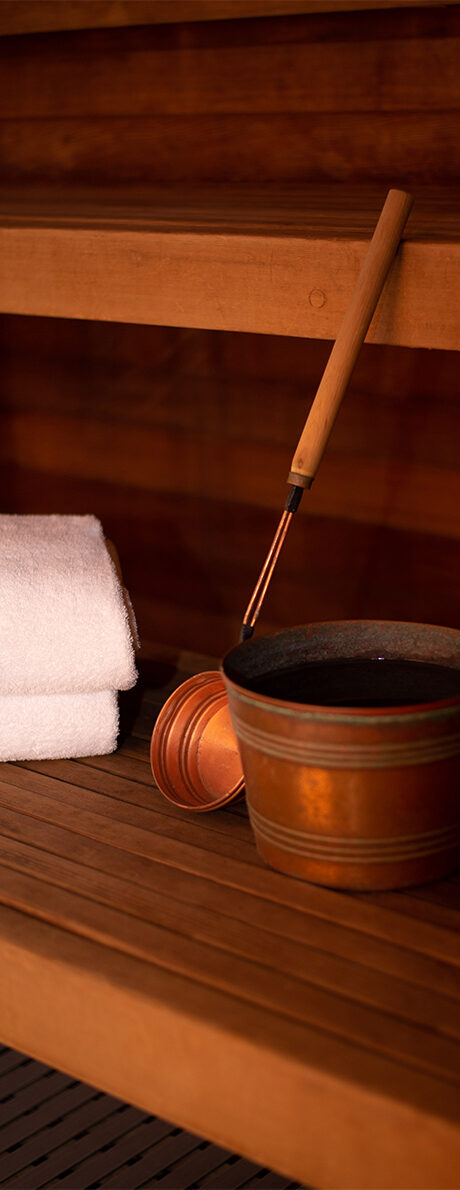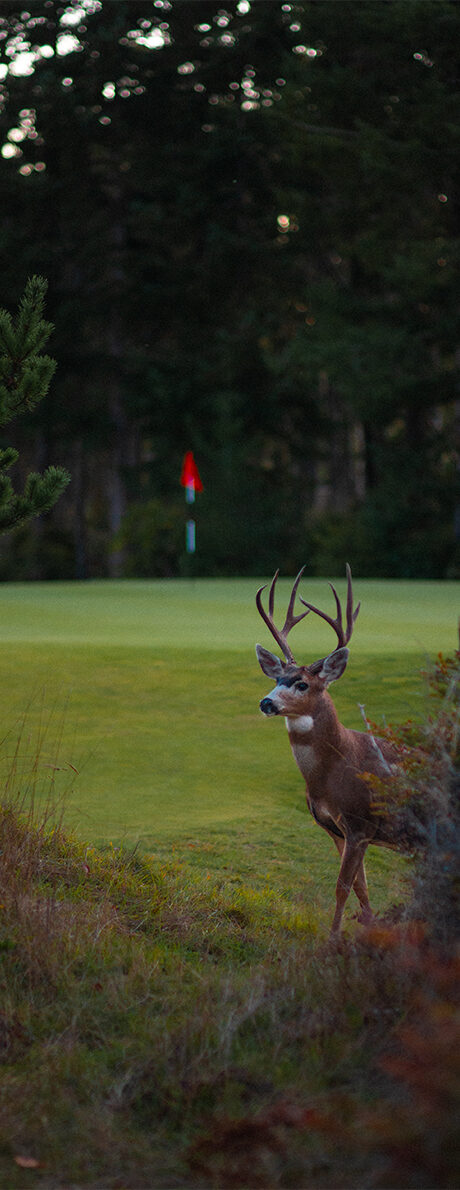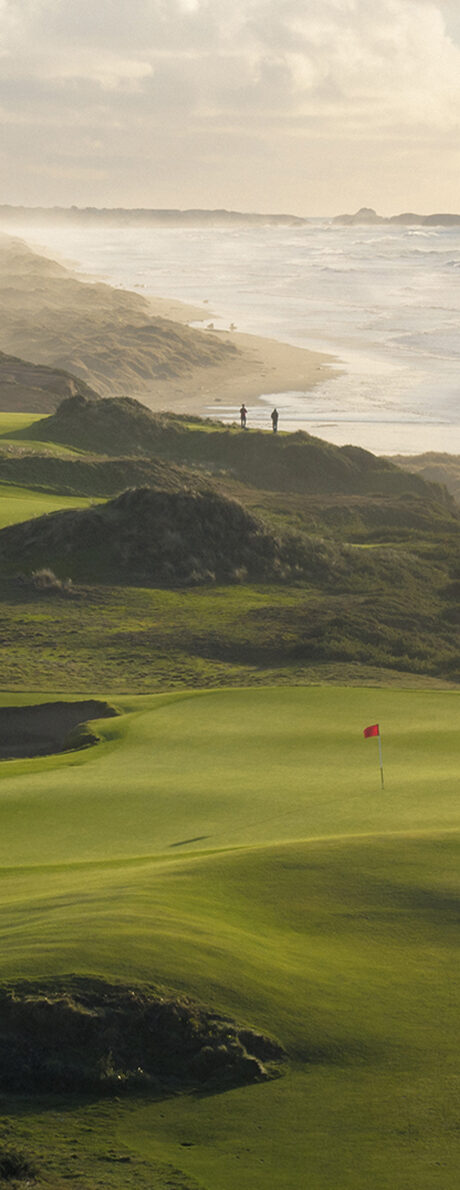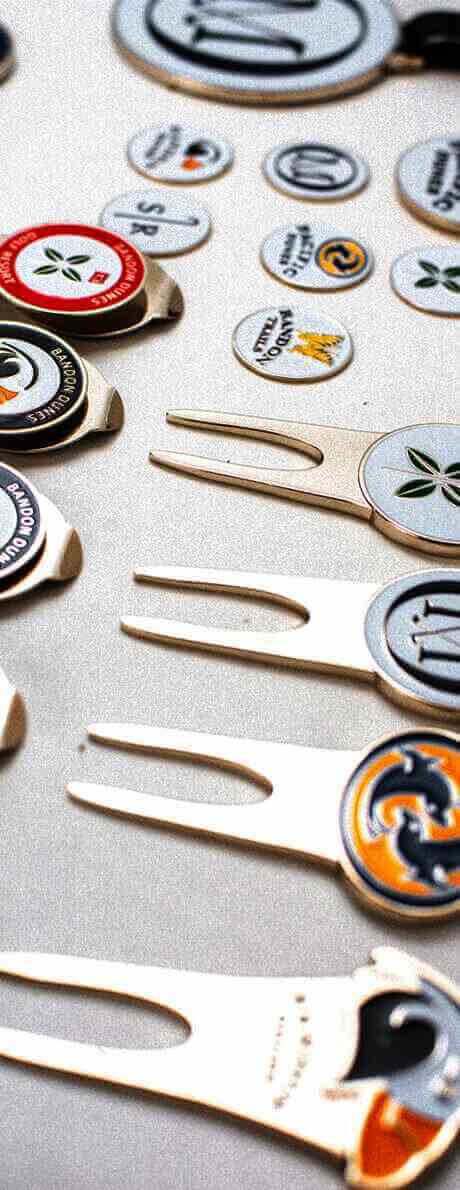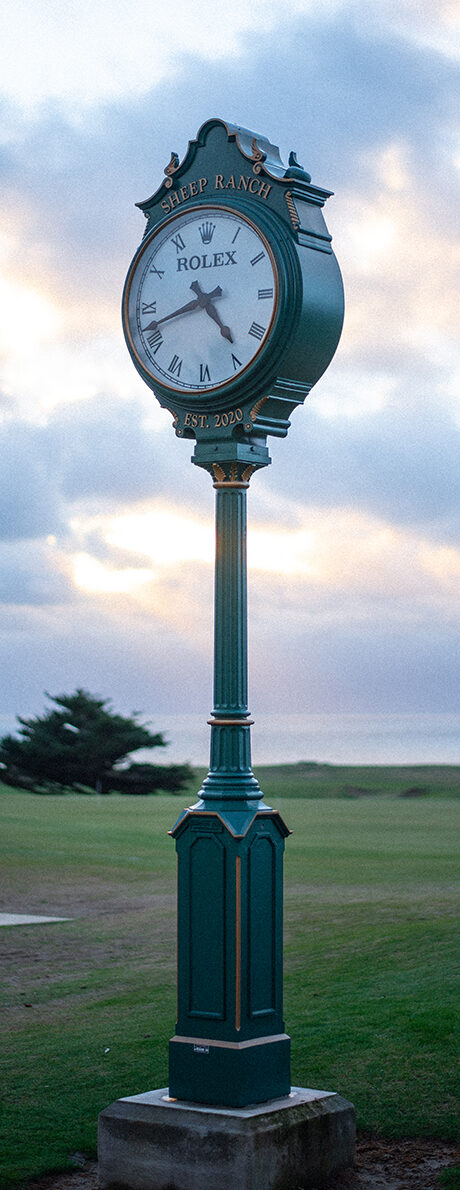
Pacific Dunes
Designed by Tom Doak and opened in 2001, Pacific Dunes is remarkably different in character and shot making requirements than our other courses. Pacific Dunes doesn't feel like it was built as much as it was discovered. Rippling fairways remain just as they were found and natural bunkers line the landscape as they have for centuries. The course emerges from shore pines to spectacular 60-foot sand dunes. When the wind blows, precise approach shots are a necessity. Pacific Dunes is short enough to give you hope but rugged enough to test every facet of your game.
Course Camera
Soak up the remarkable views from the Pacific Dunes Clubhouse on our 24/7 high resolution course camera.
Scorecard & Aerial Course Map
The score presents itself when you’ve put in the time. Study up.
Shop Pacific Dunes Gear
The latest styles from your favorite brands logo’d with the signature Pacific Dunes harbor seals.
Dream Golf Feature
When Pacific Dunes turned 20, Dream Golf looked back at its creation with two men who were intimately involved in its development.

“Numbers are as irrelevant here as at the Old Course at St. Andrews. It’s just man against course – and weather. And golf really doesn’t get much purer than that.”
– GOLF Magazine

Welcome to the first hole at Pacific Dunes. The fairway landing area is generous, so try to gauge your tee shot to leave 100-125 yards into the green. A tee shot left of center provides a better angle to this green nestled into the sand dunes.

The best angle to approach the green is from the left side of the fairway, however, the left side features most of the trouble. Check your yardage and the wind to see if you can carry the middle bunker. With mounding on the left and right of this green, most balls will funnel toward the center.

The view from the elevated tee presents the challenge of this par 5 as you head toward the Pacific Ocean. Choose your target either left or right of the second bunker depending on the wind. The second shot should favor the left center of the fairway to open up the green for your approach. Take enough club on approach as short shots tend to feed right toward the bunker.

The entire length of this par 4 plays on the bluffs overlooking the Pacific Ocean. Take aim just right of the left fairway bunkers and hit it long. The approach shot should favor the left side of the green as a large slope front left directs balls to the right. Enjoy the view on the right but keep your golf ball left!

With the prevailing wind at your back, you will need to play this hole significantly shorter than the actual yardage. A shot slightly left of this green will filter down onto the putting surface. This two-tiered green will challenge even the best putters.

The sixth hole offers many options. Whatever you do, take enough club to carry the fairway bunker on the right. A shot to the right center of the fairway will give you the best angle into this slender green. If you find the left greenside bunker the best bet is to play out sideways. This green is extremely narrow and slopes dangerously off to the right.

Regardless of wind direction, this is one of the most difficult holes on the course. If you are forced to lay up it is best to do so at about 85 yards to avoid bunkers. Approach shots that are not hit on line will fall prey to heavy contours in front of the green. While making your way to the green, notice the natural bunkering on the left side. It is quite remarkable.

Into the prevailing wind, a drive favoring the left side of the fairway will avoid the fairway bunker on the right, and provide the best angle to the green. Getting your approach shot close at the eighth can be a chore. A false front and a large pot bunker guard the front of the green. A nice bail out area is long right where a steep slope can funnel balls back onto the putting surface.

Check the sign on the tee to determine which green you are playing. The fairway is much wider than it appears from the tee. If the lower green is being used then keep your tee shot a little left of center; the steep sloped fairway will help you toward the hole. To the upper green, use the tallest mound in the fairway as your target. The center of the lower green features a large mound. The upper green slopes away.

The biggest obstacle at this hole – besides the distraction of the scenery – is the thick rough and mounding left of the green. A large elevation change from the upper tee combined with the prevailing wind, make club selection critical on this par 3. Try to keep your ball flight low. A safe place to leave your approach is short of the green.
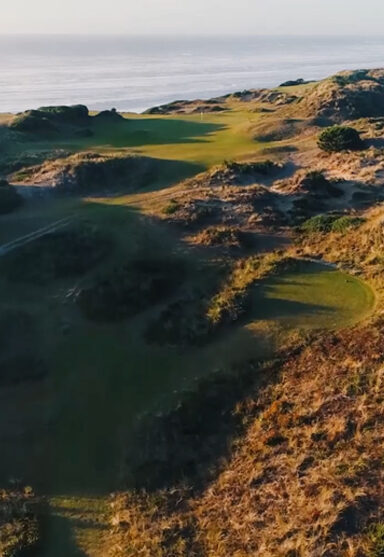
Fondly referred to as “a real sweetheart,” this short par 3 will always post a strong challenge. The green is surrounded by native beach grass, bunkers, and gorse. Forget about the hole location, and focus on getting your ball in the center of this green, the smallest on the course.

A par 5 playing against the prevailing wind. Direct your tee shot at the cross bunker in the middle of the fairway. Check your yardage to make sure your second shot will clear that same bunker and if not, be sure to avoid it. There is plenty of room on either side. Don’t let the flat putting surface fool you. Putts can be tricky.
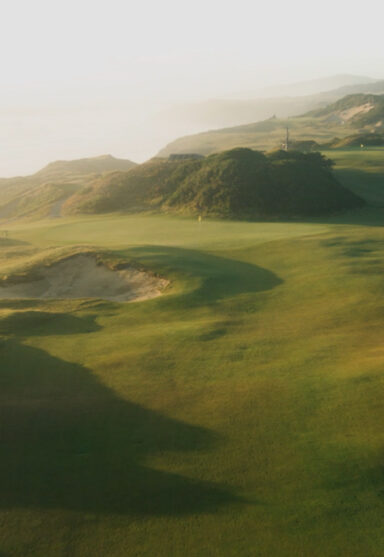
The thirteenth is one hole that you will never forget! Venturing into the prevailing wind, this long hole will play even longer. There is much more room to the right on this fairway than it appears from tee. With a very deep and slightly elevated green it is going to be difficult to tell where the hole is located, so consult your hole location carefully.

An approach that misses the green on this short, downwind hole, will leave you one of the most difficult up-and- downs on the course. Figure your yardage to the front of the green, because balls will certainly release to the hole.

This hole offers a generous landing area off the tee, so relax and make a great swing. With the wind behind you, it is possible to reach this green in two shots. Difficult collection areas protect the putting surface so short-siding your approach shot will leave you little opportunity to get up and down

Check your yardage to the corner of this dogleg right hole. A long iron or fairway wood may be a good choice. Your best option from the tee is to play to the left side of the fairway. The green will open up from there. The green slopes from front to back and the approach is downwind. Holding this putting surface will be a challenge.
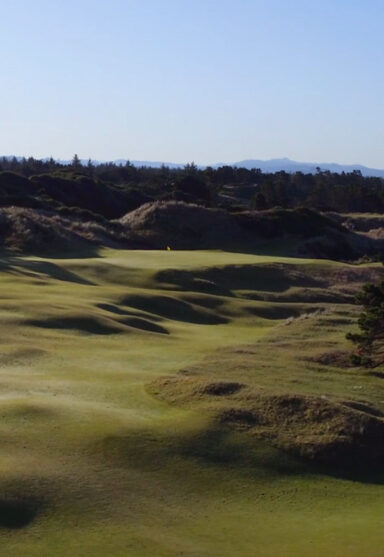
An approach that misses the green on this short, downwind hole, will leave you one of the most difficult up-and- downs on the course. Figure your yardage to the front of the green, because balls will certainly release to the hole.
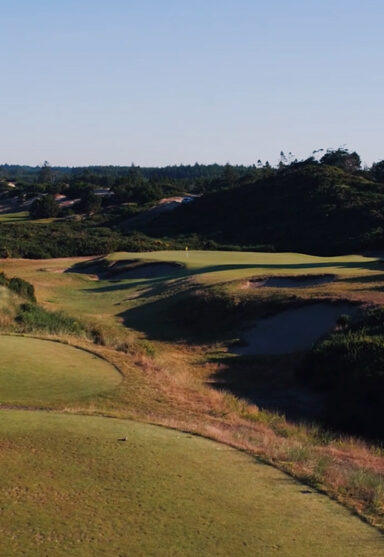
A sloping fairway toward an enormous left bunker puts a premium on your drive. Favor the left side of the fairway on your second shot to avoid trouble right. This green is slightly bowl-shaped so shots will automatically move toward the center. The greenside bunkers are nice to look at but not to be in.



